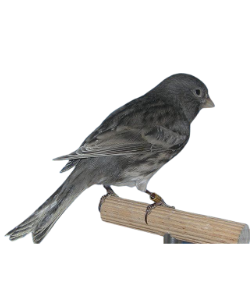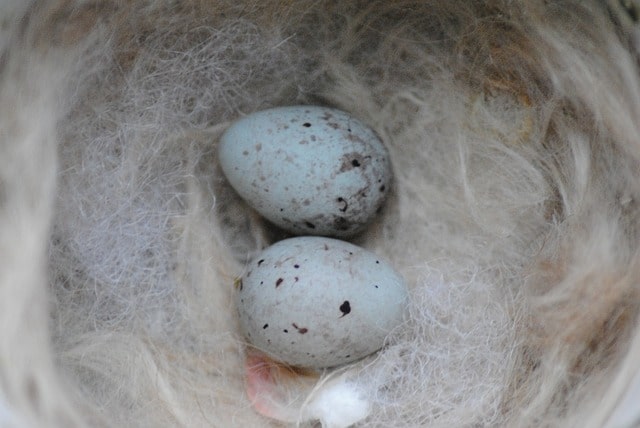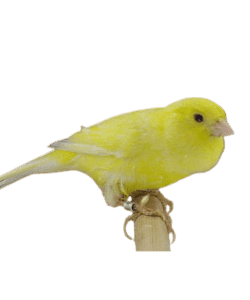How many times a Year Do Canaries lay eggs?
This question has always been asked by many canary lovers while opting for canaries to breed. I have an exact answer and can guide the canary bird lover to know.
The canaries lay eggs several times a year depending on the seasonality or weather conditions. While the breeding season, canaries normally lay eggs four to five times a year with best-breeding measures.
Prices pulled from the Amazon Product Advertising API on: Product prices and availability are accurate as of the date/time indicated and are subject to change. Any price and availability information displayed on [relevant Amazon Site(s), as applicable] at the time of purchase will apply to the purchase of this product.
If you have a better and specific atmosphere for the canaries where all temperature, lighting, food supplements, and other essential ingredients are provided so you can go for breeding for several months and canaries may lay eggs more than 4 to 5 times.
However, if you want to keep your canary pair healthy, fit, and active for the upcoming breeding seasons then you may have a break after 3 to 4 clutches of eggs and canary babies.

When canaries are paired and left together for breeding, the hen will lay its first egg within 5 to 7 days. The female canary lays one egg each day continuing to 4 and on some occasions, it may lay about 6 or 7 eggs. (However, such cases are rare). Normally you may experience 3 or 4 eggs on average.
So, if we check the seasonality and breeding season, 4 eggs on average means 4 into 4 = 16 eggs and chicks. Well, 16 clutches of chicks from a single pair of birds is more than enough in one season.
Basic Requirements for the Canary’s Breeding Season
If you want to have a proper and 100% success ratio while breeding season, you have to consider the following factors and avoid any mistakes.
Food Supplement
Before pairing the canary birds, a proper diet and a combination of vitamin-rich food supplements are very essential.
Atmosphere
The next thing to consider while preparing your pair of birds for breeding, the atmosphere/weather around the birds should be normal. The temperature of the room/aviary may not exceed too much or too low. The temperature control is very essential for a successful breeding season. In addition, proper lighting is also part of the breeding atmosphere.
Cage Size
The next factor to consider is the proper cage size. A cage of a canary bird may be well-spaced so that both birds, male and female canary may fly freely. in addition, the newly born chicks will also be part of this cage for a couple of weeks. So, cage size is also very important in terms of breeding.
It is also very necessary to mention here that these details are based on our personal experience and all available nutrients and food supplements that are essential for birds before pairing them.
In Sum, canaries can lay eggs all year round if provided with proper diet, space, and healthy vitamins. however, it would not be the best practice to follow. A professional breeder will always allow both male and female canaries to rest and molt at least once a year. So, the normal practice while breeding canaries is, they may be allowed to lay eggs / breed 4 to 5 times a year which will not only be good for the health of a breeding pair but, it will also have a positive healthy effect on chicks.
Image Title Price Prime Buy Sweet Harvest Canary Bird Food, 4 lbs Bag - Seed Mix for Canaries PrimeEligible Buy Now OASIS #80257 Vita Drops for Small Birds, 2- ounce liquid multivitamin PrimeEligible Buy Now United Pet Group Wild Harvest Multi-Drops for All Birds 1 Ounce, High-Potency Vitamin Supplement (D13123) PrimeEligible Buy Now Nekton-S Multi-Vitamin for Birds, 75gm, (2.65 ounce) PrimeEligible Buy Now







